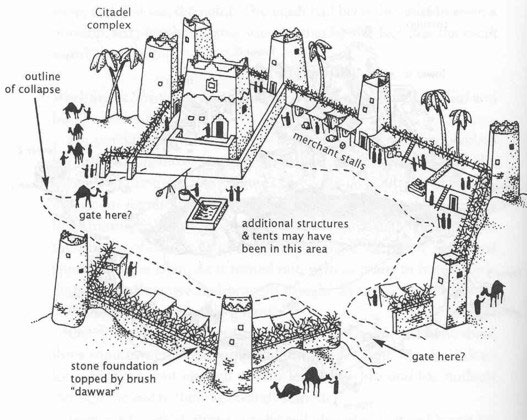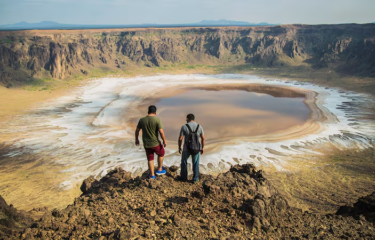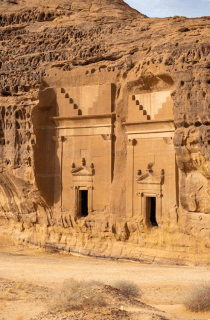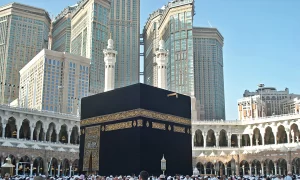Have you ever wondered if the stories of ancient, hidden cities could be true? Deep in the vast deserts of the Arabian Peninsula lies the tale of Iram, a city shrouded in mystery and intrigue. Known as “Iram of the Pillars,” this ancient place is a mix of legend and history, with stories that have fascinated travelers and historians for centuries. But is it real, or is it just another mythical tale? Let’s dive in and uncover the secrets of the lost city of Iram.
The Legend of Iram
The story of Iram dates back to ancient times and is mentioned in the Quran (the Muslim holy book). It describes a magnificent city built by the people of ‘Ad, a tribe known for its grandeur and excess. According to legend, Iram was adorned with towering pillars and unmatched beauty. Its wealth and prosperity were said to rival anything the world had ever seen.
However, the people of ‘Ad became arrogant and disobedient, turning away from their faith. As the story goes, they were punished with a devastating sandstorm that buried their city, leaving no trace behind. This tale gave Iram the nickname “Atlantis of the Sands,” and it has since become one of the most enduring mysteries of Arabia.
Historical Clues About Iram
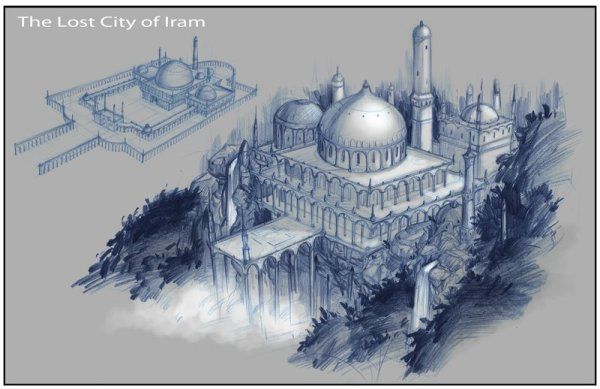
For centuries, historians and archaeologists have debated the existence of Iram. In the 1990s, researchers made a significant discovery in the deserts of Oman. They uncovered a site believed to be the ancient city of Ubar, which some scholars link to Iram. Using satellite imagery and historical texts, they found evidence of a settlement that had collapsed into a massive sinkhole.
Although Ubar doesn’t perfectly match the descriptions of Iram, the discovery fueled interest in Arabia’s lost cities. The connection remains uncertain, but the possibility of uncovering more evidence keeps the mystery alive.
Could Iram Be Hidden in Saudi Arabia?

Saudi Arabia’s vast Empty Quarter, or Rub’ al Khali, is one of the most inhospitable and unexplored deserts in the world. This sprawling wilderness has long been a source of fascination for adventurers. Many believe that if the lost city of Iram exists, it could be buried somewhere within these endless sands.
The Empty Quarter is a place where ancient trade routes once thrived. Camel caravans carried goods like frankincense, spices, and silk across these dunes. Could the remnants of Iram be hidden along these routes, waiting to be discovered? It’s a curious thought for both, the explorers and history enthusiasts.
What Makes the Lost City of Iram So Intriguing?
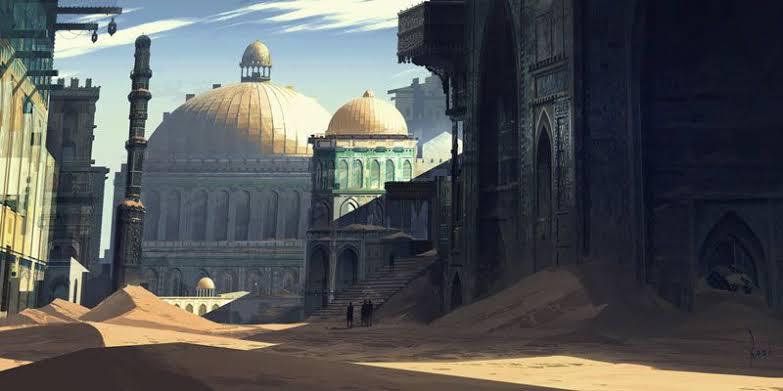
The allure of Iram lies in its mix of myth and possibility. It’s not just about finding ruins; it’s about uncovering a story that connects ancient civilizations, trade networks, and cultural exchanges. The idea of a city lost to time sparks the imagination in a way few other legends can.
If you’re a fan of history or archaeology, the mystery of Iram offers a chance to step into a real-life adventure. It’s like a puzzle waiting to be solved, with every new discovery adding a piece to the story.
Planning Your Visit to Saudi Arabia’s Ancient Sites
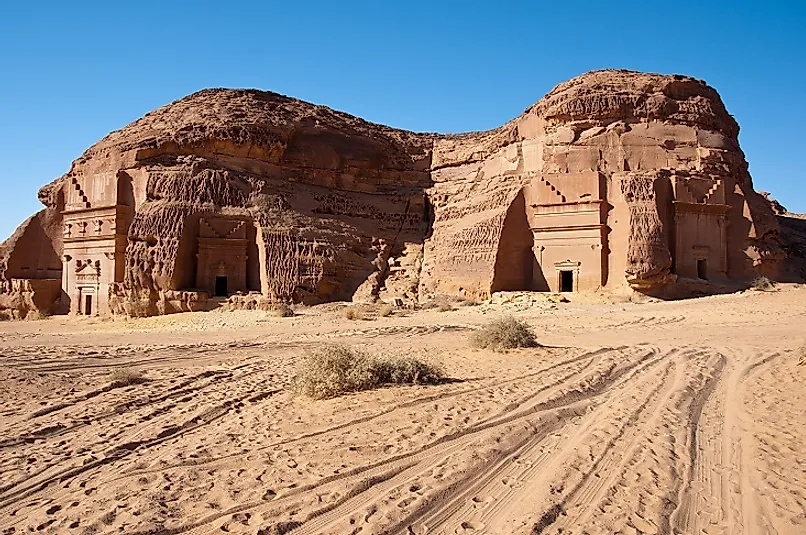
While Iram itself hasn’t been found, Saudi Arabia is home to incredible archaeological sites that offer a glimpse into its rich history. Here are some must-visit locations:
Al-Hijr (Madain Salih)
A UNESCO World Heritage site, this ancient Nabatean city is known for its stunning rock-carved tombs. It’s often called the “Petra of Saudi Arabia.”
Al-Ula
This historic region is filled with fascinating ruins, including the ancient city of Dadan and the rock formations of Jabal Al-Fil (Elephant Rock).
The Empty Quarter
For those with a spirit of adventure, a guided tour of the Rub’ al Khali desert offers a chance to experience the vast landscapes where Iram might be hidden.
Why the Mystery of Iram Matters
The story of the lost city of Iram isn’t just about uncovering ruins; it’s about preserving the heritage and culture of the Arabian Peninsula. Whether or not Iram is ever found, its legend reminds us of the rich history that lies beneath the sands of Arabia.
Saudi Arabia’s commitment to exploring its past is evident in its growing focus on tourism and archaeology. The Kingdom is inviting the world to experience its history, culture, and natural beauty. From ancient ruins to modern cities, there’s so much to discover.
Tracing the Forgotten City of Iram

The story of the lost city of Iram is more than a tale of buried sands—it’s an open invitation to uncover the wonders of Saudi Arabia. Picture yourself standing under the vast desert skies of the Empty Quarter, feeling the silence of centuries past. Imagine tracing the footsteps of ancient traders at Al-Ula or marveling at the timeless artistry of Madain Salih. Each site you visit deepens your connection to the stories that shaped this remarkable land.
Saudi Arabia isn’t just a destination for history buffs or explorers—it’s for anyone with a sense of wonder. The Kingdom’s vast landscapes, from golden dunes to historical treasures, hold secrets waiting to be discovered. Who knows? Maybe your journey will inspire the next chapter in the story of Iram.
Don’t just read about the mysteries—live them. Pack your bags, set your sights on the Arabian sands, and let the adventure of a lifetime begin.
FAQs
What is the lost city of Iram?
Iram, also known as “Iram of the Pillars,” is a legendary city mentioned in the Quran, said to have been buried in the desert.
Where is Iram believed to be located?
Many believe it could be in the Rub’ al Khali desert (Empty Quarter) or near ancient trade routes in Arabia.
Has the lost city of Iram been found?
While some researchers link Iram to the site of Ubar in Oman, its exact location remains unconfirmed.
Why is Iram called the Atlantis of the Sands?
Like Atlantis, Iram is a legendary city believed to have vanished, inspiring stories and exploration.
Can I visit archaeological sites near where Iram might be?
Yes, Saudi Arabia has several ancient sites like Al-Hijr and Al-Ula that showcase its rich history and culture.

